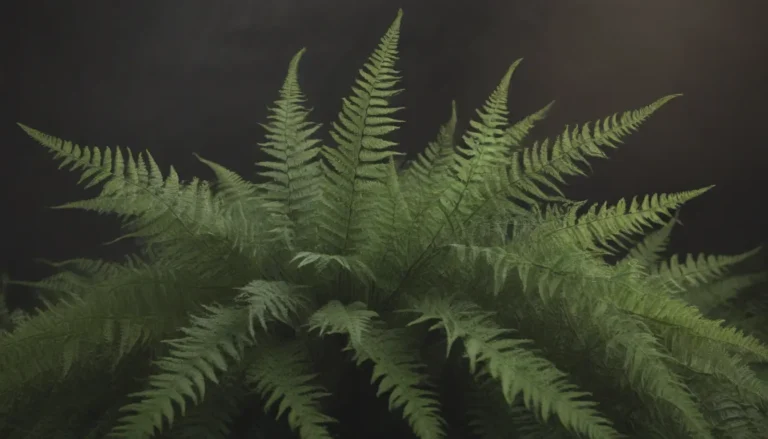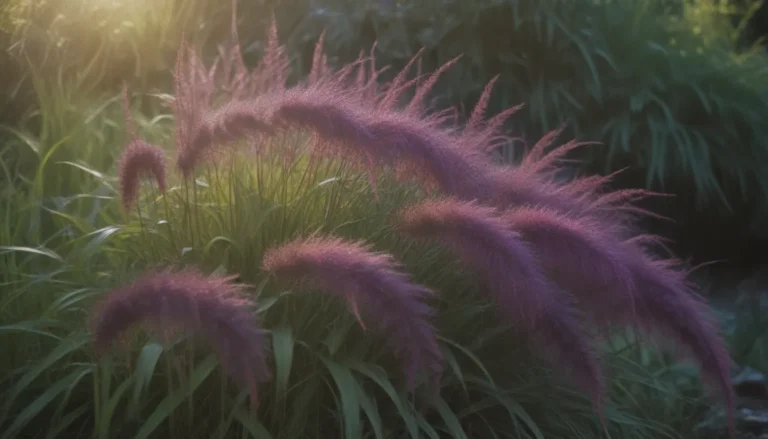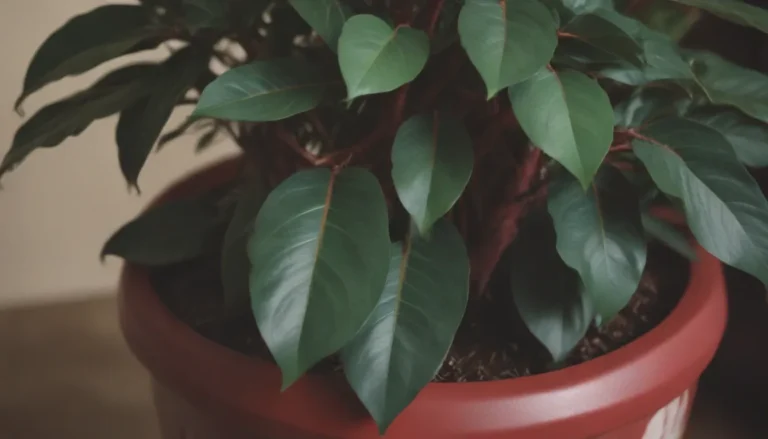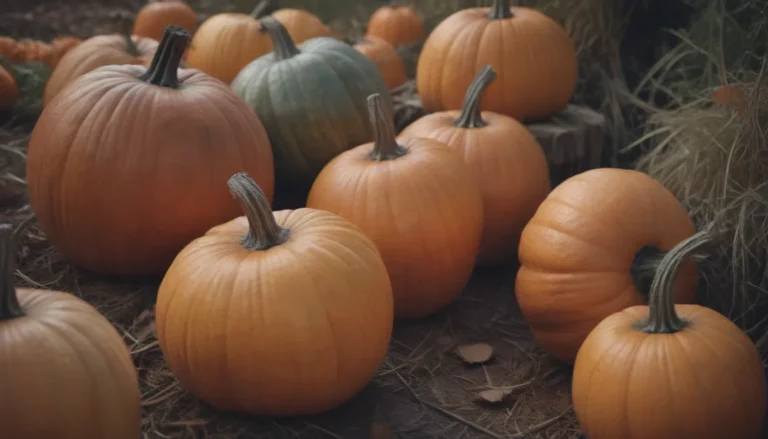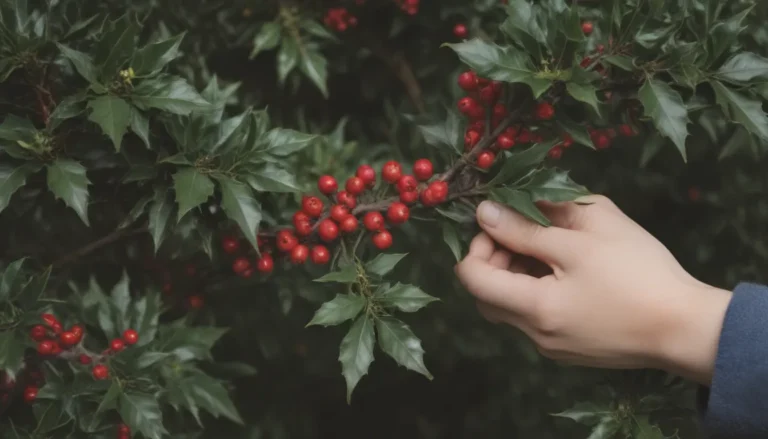The Ultimate Guide to Harvesting Cilantro and Keeping Your Plant Thriving
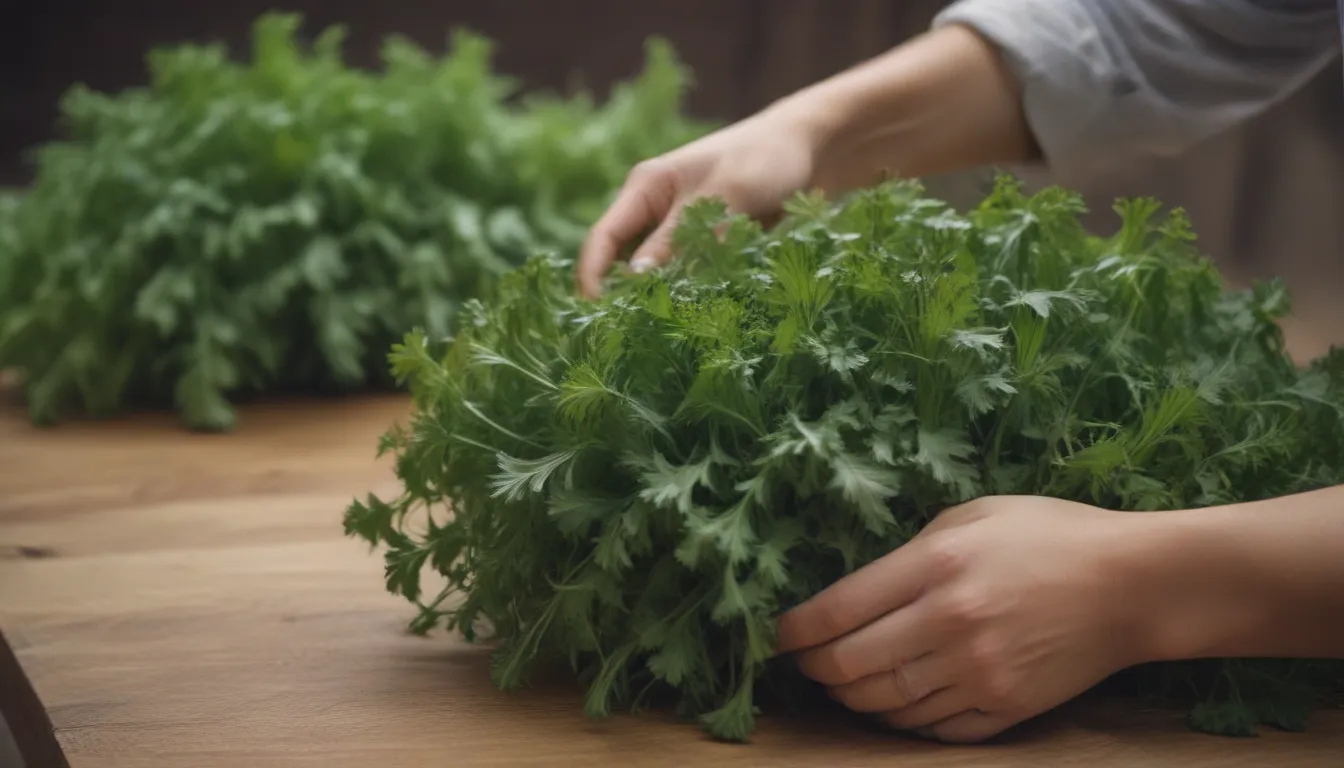
If you’re a fan of the vibrant, zesty flavors of cilantro, you know how satisfying it can be to have fresh leaves at your fingertips. Whether you’re growing cilantro indoors or in a mild outdoor climate, knowing how and when to harvest cilantro is key to maximizing your yield and enjoying the most robust aroma and citrusy taste in your dishes.
How to Harvest Cilantro Like a Pro
You’ve nurtured your cilantro plants from seeds, and now it’s time to reap the rewards. Below are some essential steps to ensure a successful cilantro harvest:
Harvest When the Plant is Just Right
Timing is everything when it comes to harvesting cilantro. Wait until the plant reaches a height of 6 to 8 inches and has multiple stems with pairs of true leaves. Harvesting too early can stunt the plant’s growth and result in bland leaves, while waiting too long can cause premature bolting and bitter-tasting foliage.
Prune with Precision
When harvesting cilantro, focus on the outer, mature stems rather than the tender inner ones. Pinch off individual leaves or cut 4- to 6-inch leafy stems with sterilized pruning shears, leaving about 1 to 2 inches of stem attached to the plant. This method encourages bushy, vigorous growth for a bountiful harvest.
Maintain Proper Care
To ensure a healthy cilantro plant and continuous growth, keep the soil consistently moist and fertilize every two to three weeks. This practice supports robust foliage development and maximizes your cilantro harvest throughout the season.
Harvest Strategically
Continue harvesting your cilantro plant until it starts bolting (flowering). Avoid cutting more than one-third of the plant during each pruning session to prevent premature plant death. Remember, a little goes a long way with cilantro’s intense flavor, so moderation is key.
Consider Complete Harvest
If you need a large quantity of cilantro at once, consider cutting the entire plant rather than individual stems. This method allows for a more substantial harvest in one go, ideal for recipes that require a generous amount of fresh cilantro.
Don’t Forget the Seeds
After your cilantro plant bolts and flowers, don’t let those coriander seeds go to waste. Snip off the drying stems with brown seed pods and let them dry in a cool, dry place. You can use these seeds to grow more cilantro or as a fragrant culinary spice in your dishes.
How Often to Harvest Cilantro
To prolong your harvest period and prevent premature bolting, prune several outer stems weekly to encourage new growth. Remember that cilantro is an annual plant with a relatively short lifespan, but you can extend your harvest season by successively sowing coriander seeds every few weeks.
For year-round cilantro, consider growing it indoors in a sunny, warm spot. By rotating your plantings, you can enjoy fresh cilantro throughout the year, no matter the season.
When is the Best Time to Harvest Cilantro?
Cilantro plants grown from seed typically take between 40 to 70 days to mature. Wait until the plant is around 6 inches tall, with leafy stems measuring 4 to 6 inches in length before harvesting. Opt for early morning or evening harvesting to preserve the leaves’ freshness and flavor.
Avoid harvesting in scorching temperatures above 85 degrees Fahrenheit, as this can trigger premature bolting and diminish the quality of your cilantro. Plan your harvests to coincide with milder weather for the best results.
How to Store Your Cilantro Harvest
While cilantro is best enjoyed fresh, you can store your harvest using various methods to prolong its shelf life:
Refrigeration
For short-term storage, place a bunch of cilantro stems in a glass of water and cover the leaves loosely with a ventilated plastic bag. Change the water every couple of days to maintain freshness. Alternatively, wrap the stems in a damp paper towel and store them in the vegetable crisper for up to five days.
Freezing
If you have an abundance of cilantro, consider freezing it for later use. Simply place the washed and dried cilantro stems in a resealable freezer bag and store them in the freezer. Frozen cilantro works well in cooked dishes like soups and stews.
Coriander Seeds
To store coriander seeds for culinary use, gently crush the dried seed pods to release the seeds. Store the seeds in an airtight container in a cool, dark place for prolonged freshness.
Remember that cilantro is an annual plant with a limited harvest season, so make the most of your crop by practicing sustainable harvesting techniques and proper storage methods.
Additional Resources
For more gardening tips and insights, be sure to sign up for our free gardening newsletter. Stay informed about the best practices for growing herbs, troubleshooting common issues, and maximizing your garden’s potential.
In conclusion, harvesting cilantro is a rewarding experience that allows you to savor the vibrant flavors of this versatile herb in your favorite dishes. By following the right techniques and timing your harvests effectively, you can enjoy a steady supply of fresh cilantro throughout the growing season. Happy harvesting!
